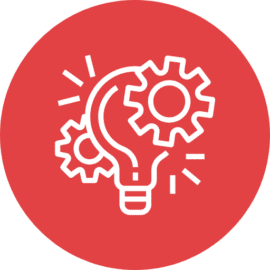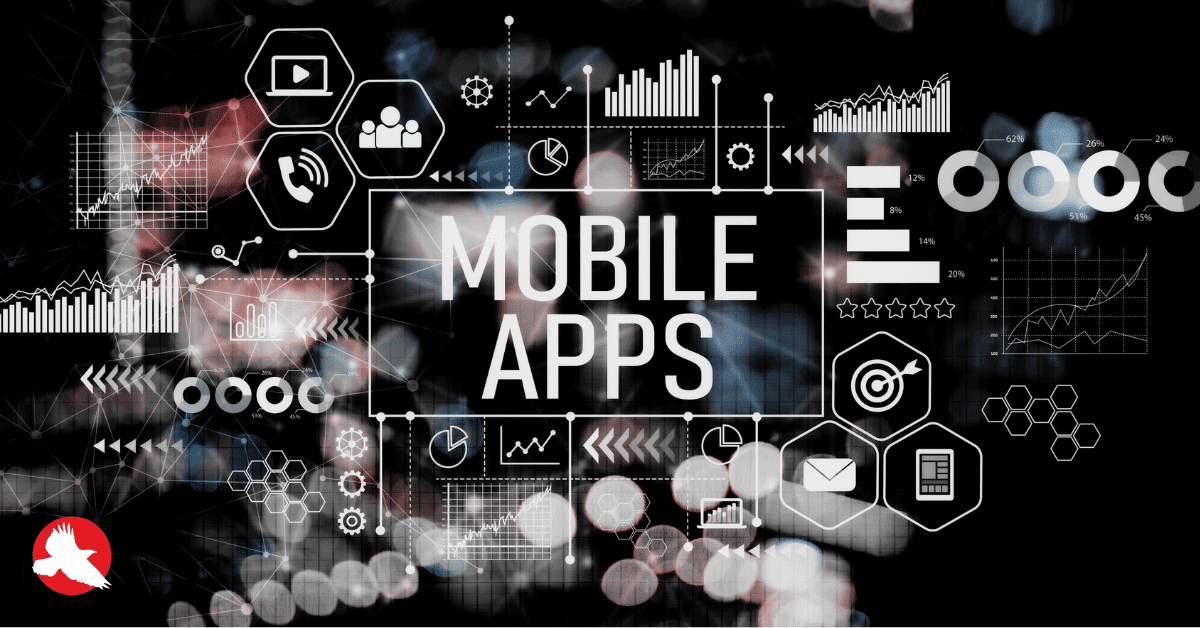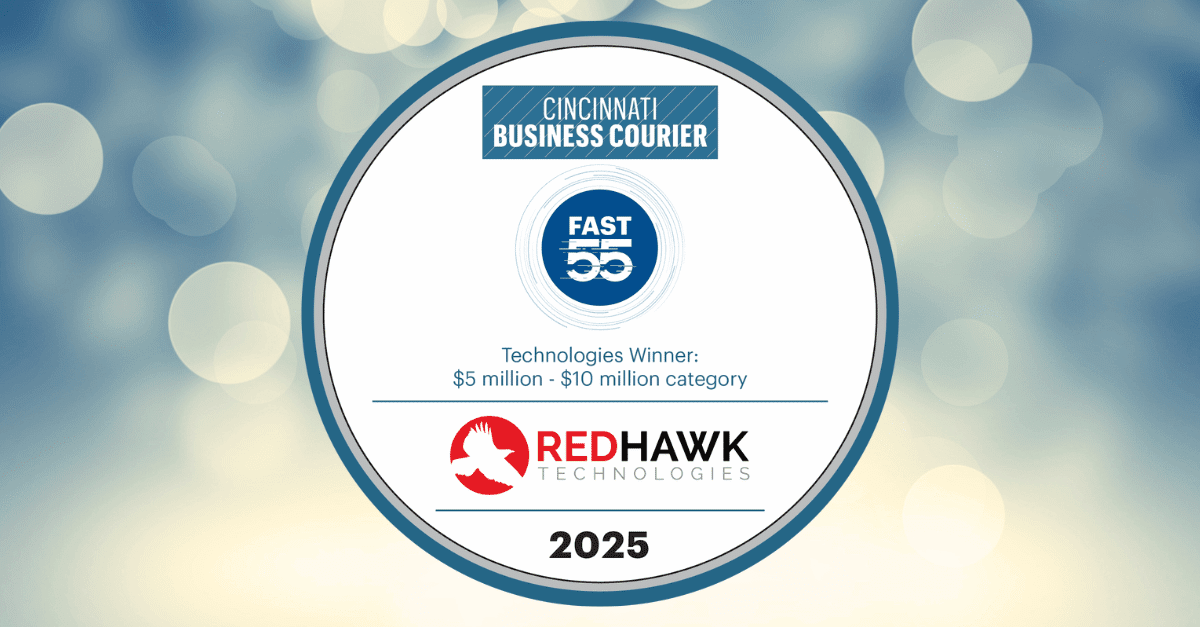Companies that have been executing digital programs over the years may come to realize that investing in upgrading existing mobile apps and web interfaces with modern solutions can help support future digital endeavors. Converting a legacy system into a modern infrastructure can reduce IT costs, improve flexibility, and give a boost to sales, collaboration and consistency. Now more than ever, reliance on legacy systems is the Achilles’ heel in the digital transformation journey.
Business leaders find themselves torn with the decision to modernize or not modernize. The hard truth of it is that, even if a legacy system is still working, it’s not capable of evolving. It can’t connect with or support new technologies or concepts like edge computing or intelligent automation.
When it comes to dealing with modernizing legacy apps, the technology industry is full of advice: move everything to the cloud, invest in platforms, replace legacy apps with SaaS software, start a legacy modernization program or create the next generation architecture. While all of these things can be good for business, they all revolve solely around technology. What happens to the concern for the business itself?
If It’s Not Broke, Don’t Fix It: Knowing When It’s Time for Change
It’s no wonder mid-market businesses and large enterprises are unable to decide whether to love or leave their legacy systems. What many IT directors and business leaders fear is the fact that the implementation of new systems may not match the previous system in terms of performance and functionality. The time and planning spent on new systems can prove wasteful and business operations may suffer. This way of thinking is known by many developers as the dangerous, “If it’s not broke, don’t fix it” mentality.
The lesson here is that you should always want to keep up with the curve so that small, incremental investments are made to prevent technical debt from piling up to the point of a crisis. While you never want to wait until technology breaks in order to make an improvement, it’s important to proceed with care and not rush into something headlong. Focus on what matters most (your business) when modernizing your systems. There are three key things to keep in mind when modernizing legacy apps.
3 Key Things to Ask Yourself When Modernizing Legacy Apps
Legacy systems, although indispensable for many businesses, may also be holding them back. Not only can they potentially be difficult to manage and maintain, they can also lead to security and compliance issues, negatively impact organizational efficiency and may lead to lost business opportunities. Most of these issues and impediments result from the technology, architecture or functionality of legacy applications that unfortunately, are no longer fit for business. But what steps can be taken to ensure that new systems address these issues and add business value?
It’s important to ask yourself three key things when deciding to modernize your legacy apps:
1. Does our legacy system pose a significant barrier to the company’s transformation?
2. How will business continuity and reliability be impacted if we update our systems?
3. Can we maximize our potential in the next three to five years using our current legacy apps?
The answers to these questions are critical to the operational needs and long-term goals of your business.
Benefits of Legacy System Modernization
Now that we have stressed the importance of keeping the needs of the business in mind, let’s look at some of the benefits to modernizing your legacy systems.
1. Reduced costs.
Utilizing and maintaining outdated legacy systems is extremely costly. In fact, organizations spend 58 percent of their budget on IT maintenance. When you move from local on-premise data centers to cloud-based solutions, you can cut down on the cost associated with data center utilities. Cloud-based data solutions offer more scalable and manageable services at affordable rates.
2 Enhanced productivity and performance.
Improving overall team productivity is one of the crucial benefits of modernizing legacy systems. You can move the workforce to cloud and leverage cloud computing to improve the efficiency of day-to-day activities. According to a new Forrester study, upgrading legacy apps enhances the productivity of your development team by as much as 40 percent. Developers get access to better development tools and sophisticated cloud technology that helps them improve efficiency.
3. Better security.
Security is probably one of the most important reasons why you should consider modernizing legacy systems. According to an industry security report by Symantec, outdated systems are highly vulnerable to malware attacks and data breaches. Lack of support from vendors is the main reason why legacy systems are so vulnerable to such attacks.
Having the right team of software developers to support legacy apps and new systems is mission-critical to your business. As your business evolves, your applications need to keep up with you, changing technologies and cybersecurity trends.
Is Digital Transformation in Your Future?
Trying to decide between loving your legacy system or leaving it? At Red Hawk, our unique business model provides the financial and operational stability you need to invest in digital transformation; starting with your legacy apps and systems. In today’s market, it’s critical to tap into every advantage. The right technology can transform the way you operate and relate to customers and clients. Contact us today to experience our unique approach to custom software and application development to lift your business to new heights.
Clarify and Define YourBig Idea
Use these easy-to-follow presentation slides to facilitate your own tech innovation workshop:
- Explore your vision for a new web or mobile app
- Define your goals and audience
- Outline logistics and required technology
- Move toward next steps in making your idea a reality

Download the Presentation
Reach New Heights
Read more articles about custom software development, mobile applications and technology trends from our team.

Feasibility Study Helps Prevent Bad Software Investment

Do-It-Yourself Tech Innovation Workshop: Aligning Your Team and Defining Value

Modernizing Legacy Systems: Love It or Leave It for Business Growth?



